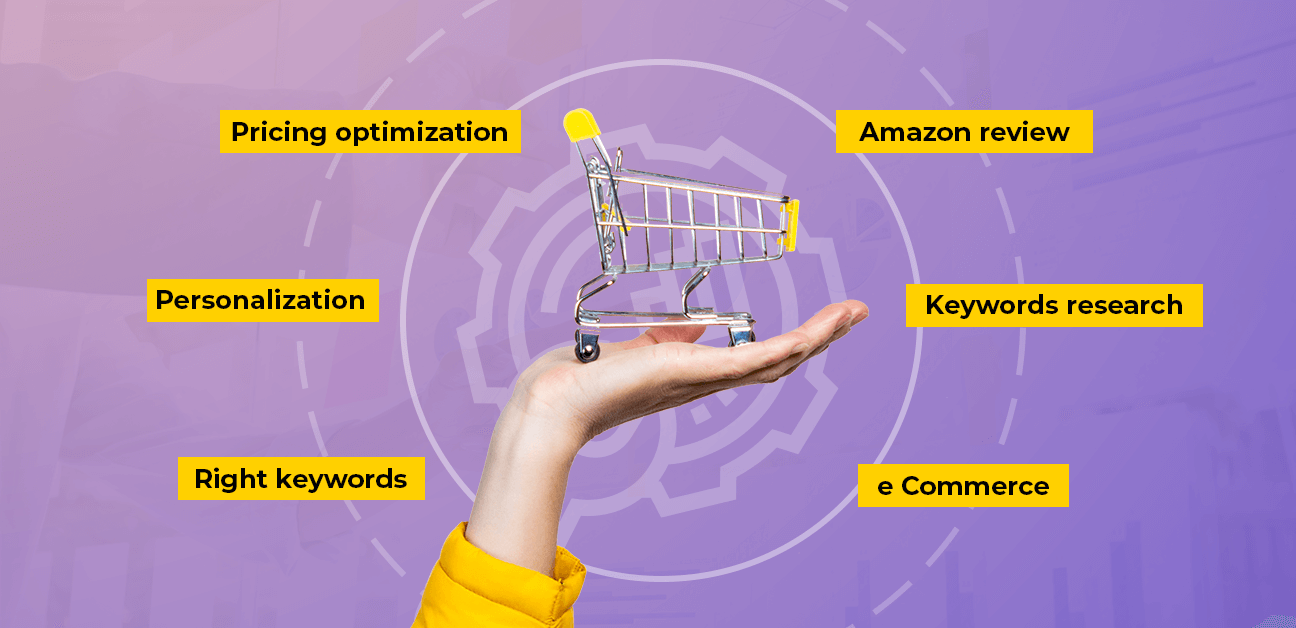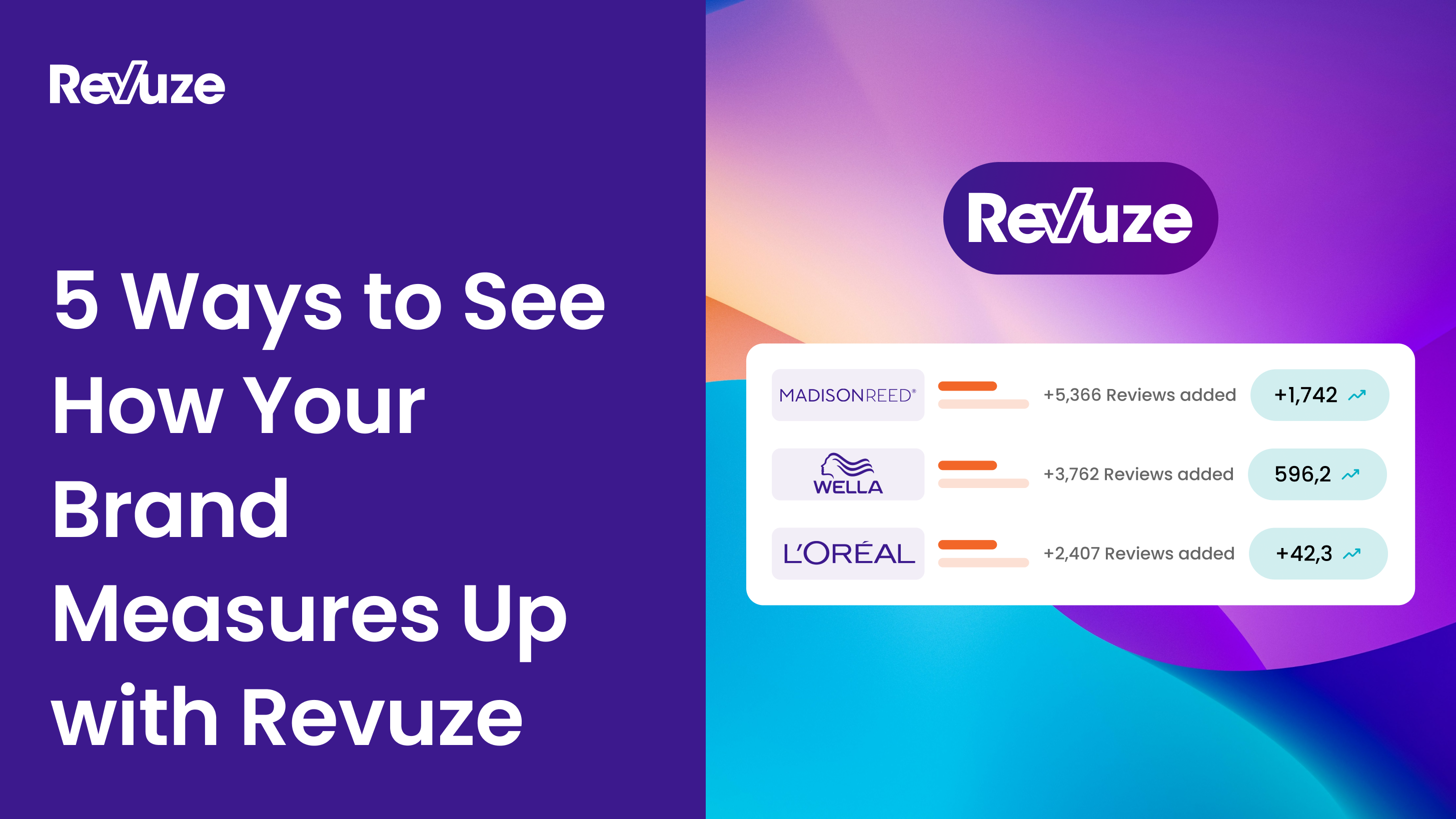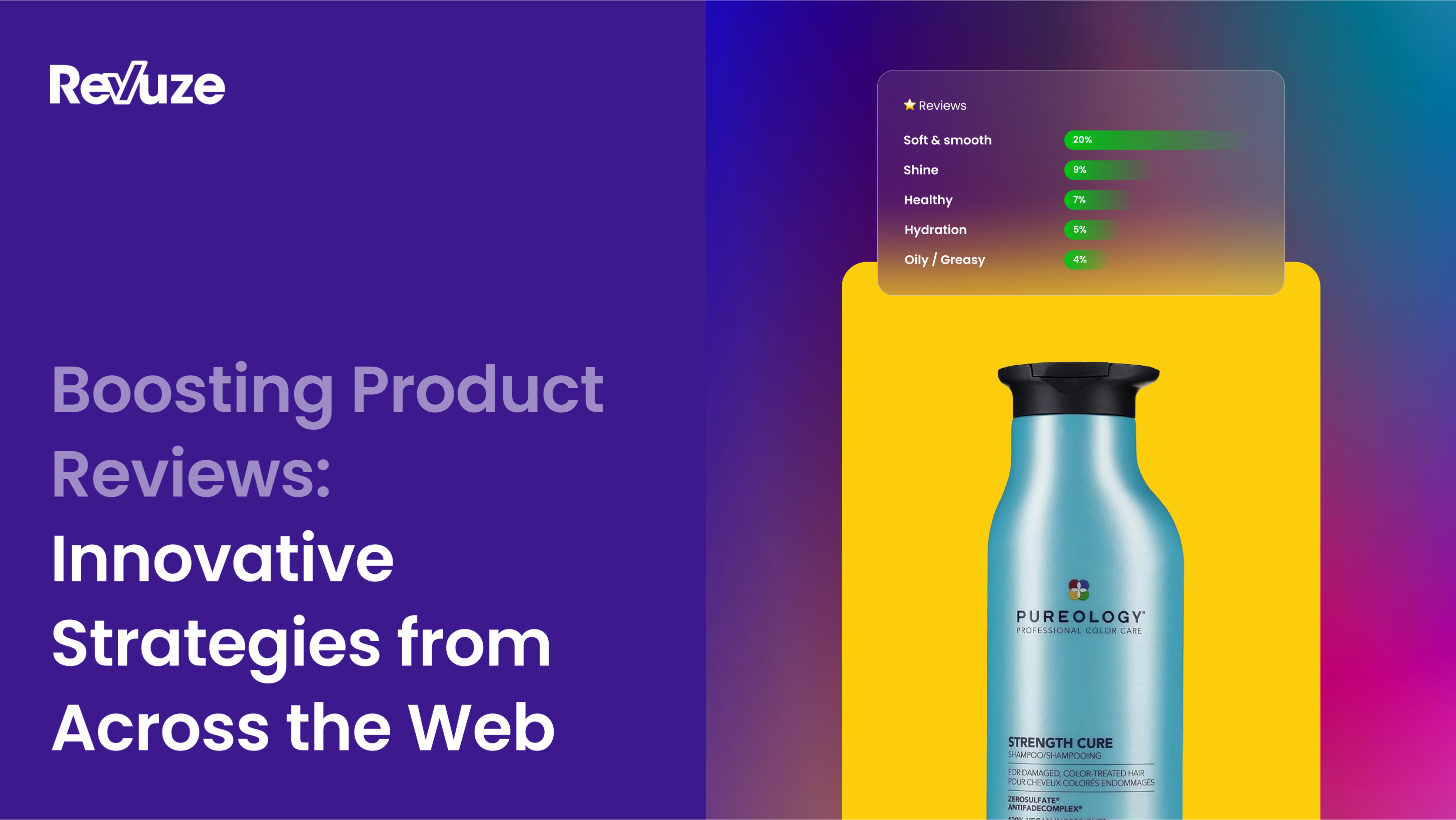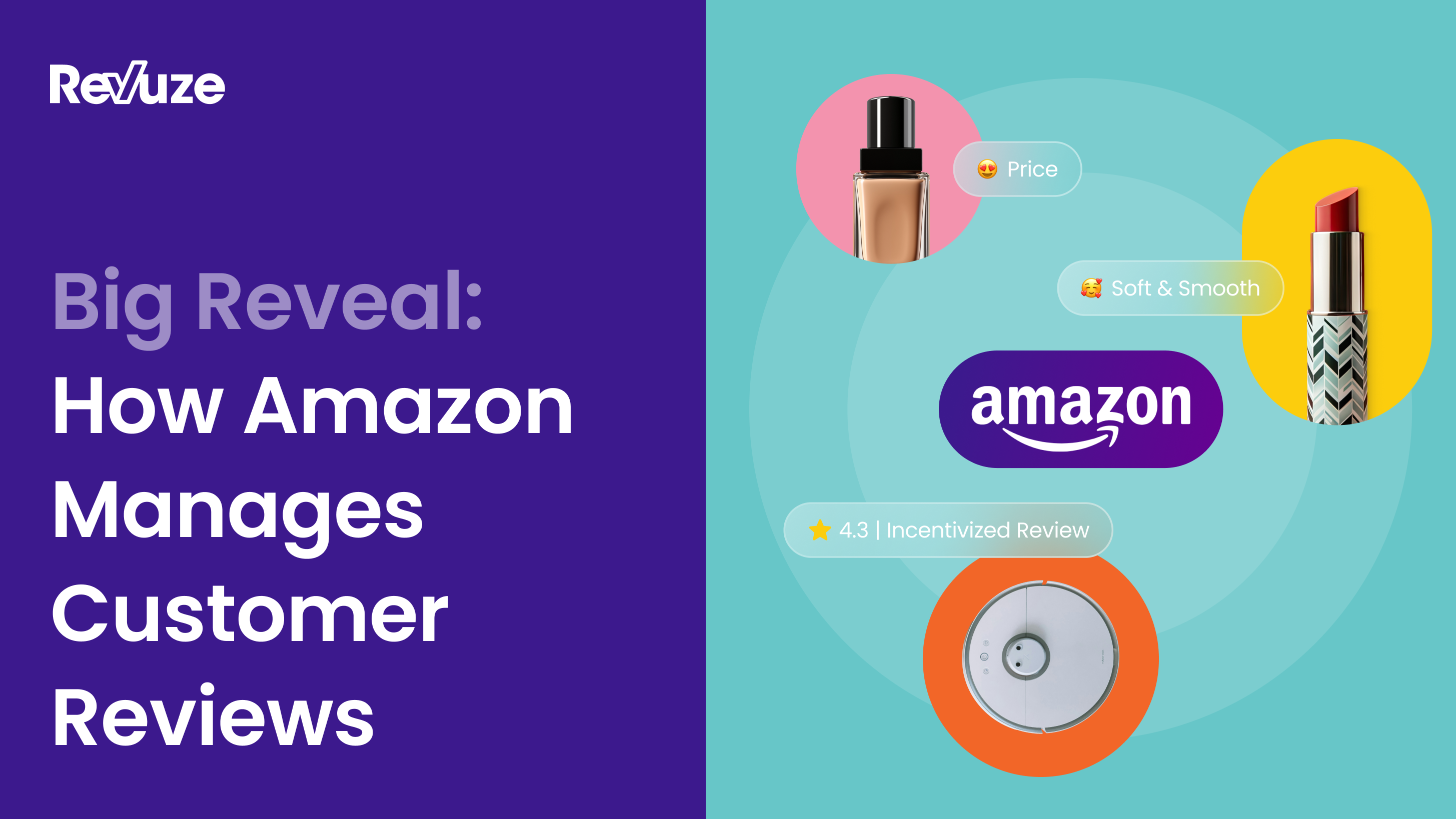
What is eCommerce Optimization?
Customer reviews help businesses understand why they are retaining or losing customers, learn what needs to change with their product or service, and get an overall look at their consumer market and competition (also known as eCommerce optimization). Moreover, customer reviews can directly influence potential buyers – and can make or break a brand.
Businesses selling their products on Amazon need to keep a close eye on customer reviews. The eCommerce giant has put an emphasis on client satisfaction and reviews. But how can you manage to monitor and analyze hundreds if not thousands of reviews efficiently and while making sure you are not missing any?
This blog post will discuss how you can track Amazon customer reviews, why you need to monitor them closely, and how you can use Amazon review alerts to perform a better eCommerce optimization.

Why Are Customer Reviews the key for eCommerce optimization?
Customers leaving reviews on your products not only helps increase product search rankings, which increases your sales potential, but also provides useful data you can use to improve your product, customer experience, marketing strategy, and more.
Consumers will let you know what they liked, what bothered them, and what they are missing from your product or service. So reviews are a gold mine for trend analysis and effective market research, helping you identify market opportunities, optimize your eCommerce efforts, and take your business to the next level.
Reviews can also give an extra way to measure your customer’s satisfaction. Sure you have Customer Satisfaction Surveys (CSAT) and Net Promoter Scores (NPS), but tracking and analyzing reviews will provide you a deeper understanding of customer satisfaction and loyalty.
And last but not least, reviews provide potential customers proof that your product is trustworthy, helping to establish and boost your brand. Creating customer loyalty and trust will directly impact your revenues and boost your eCommerce optimization attempts.
The growing importance of online reviews means businesses need to keep up with the huge influx of ratings and feedback. However, it’s almost impossible to track every new review posted, especially on an ecommerce giant like Amazon that has over 150 million users in 2019 on its US mobile app alone.
Unfortunately, Amazon reviews data is not easily accessible to merchants. Businesses resort to maintaining review data in documents or spreadsheets. These manual methods might work fine for small scale sellers, but they are prone to error, and take up alot of the business’ human and financial resources.
Using an automated notifications alert solution will help your business to stay on top of things and not miss even a single review.
How does Amazon review tracking works?
Oh, and how you can customize review alerts so you are notified only about products of interest? It all boils down to your ASIN.
Automated Amazon review solutions use Amazon Standard Identification Number (ASIN) to locate and monitor your product catalog (or the specific product you choose to track). Those 10-character alphanumeric identifiers are assigned by Amazon for product-identification within the Amazon.com organization.
From a buyer’s standpoint, a product’s ASIN makes product searches more effective and efficient. For businesses, the ASIN identifier can help optimize Amazon reviews monitoring and alerts. Checking and analyzing customer reviews will allow you to optimize your ecommerce endeavours.
4 Tips For eCommerce Optimization With Review Tracking
1) Pricing optimization
Setting product prices too high or too low will not only harm sales, it can make your business seen detached or untrustworthy. So, it’s important to get your pricing right.
Tracking customer reviews closely allows you to know what customers are saying about your product (or the competitor’s) – what they like about it, how pleased they are, and even if their thoughts about value for money. The information you gather from customer reviews can help you understand how to effectively price your product.
Personalization
Personalization is engaging customers with relevant offers and content. The data gathered from online reviews can help you be more tuned in to your consumer audience. Tailoring your content or marketing campaigns to match your target audiences will make them feel seen, and will prevent you from potentially spamming your customers.
Using current and updated customer feedback can help you make sure your optimization is truly relevant and matches what customers are saying right now.
Use the right keywords
Keyword optimization is researching, analyzing and selecting the best keywords to use in order to grow traffic from search engines to your product.
Keyword research is often conducted at the initial stages of product or brand marketing. However, optimizing keywords is something you should be doing long after you’ve launched your product. Uncovering new keyword opportunities and expanding your reach into new keyword verticals will grow traffic, leading to improved revenues.
You can use customer review data to discover said keywords, or optimize your review monitoring by focusing tracking and alerts with desired keywords.
#4 Beware of 5 Star Reviews
We were always taught to go after the perfect score, the 5 star ratings. But it seems we were taught wrong. As it turns out, the imperfect score of 4 out of 5 stars is actually perfect. At least when it comes to ecommerce.
For one thing, it’s more realistic. A 5-star rating across the board is too good to be true, and it might deter some customers. Negative reviews are part of ecommerce reality. Of course, they impact the product’s overall score. But a 4 or a 4.5 star rating will often seem more honest and attract more customers.Like we said, creating trust with customers can make all the difference.
Secondly, 5 star reviews are often fake. Amazon is notoriously infected with fake reviewers. So, it’s important to make sure you both stay away from paid review writers and detract fake reviews when monitoring and analyzing customer feedback.
How can Revuez Help?
Glad you asked! Revuze Alerts allows you to receive emails on a daily or weekly basis with a corresponding link to online reviews, based on your settings of star-rating and/or keywords.
It will help you stay updated and informed on any new Amazon reviews posted, so you won’t miss a beat.
 All
Articles
All
Articles Email
Analytics
Email
Analytics








 Agencies
Insights
Agencies
Insights